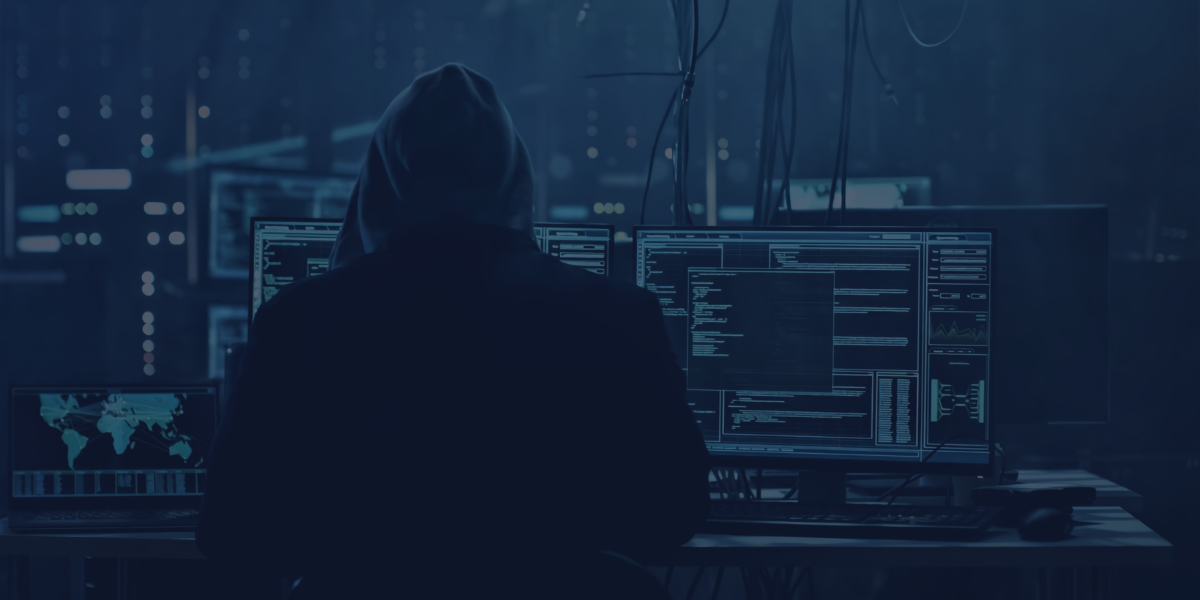Table of Contents:
Common Misconceptions Putting Organizations at Risk
1. Our Company is an Unlikely Target
2. Cybersecurity is Expensive.
3. We Don’t Need to Worry Because We Have Security Tools to Alert Us Immediately
Take Action to Protect Software Infrastructure
Cybersecurity remains an imperative issue as cyber attacks continue to soar. The number of data breaches in 2021 has surpassed the total in 2020. Additionally, an alarming study found that 93% of businesses have suffered a direct cybersecurity breach due to weaknesses in their supply chain. A recent Gartner report stated that 45% of organizations will experience a software supply chain attack by 2025. These attacks not only cause business disruptions, but they can damage important IT assets and infrastructure that can be impossible to recover. Not to mention, it can result in major financial losses. Cybercrime is projected to cost the world $10.5 trillion by 2025, an increase from $3 trillion in 2015.
While the news of a cybercrime comes as no surprise to anyone living in the 21st century, there is still a shocking amount of businesses that have a false sense of security. This is mainly due to several misconceptions about protection from cyber attacks. Cybersecurity is primarily about risk management. Being that these attacks and data breaches are a daily occurrence, it’s important to address these misconceptions for adequate cybersecurity.
Common Misconceptions Putting Organizations at Risk.
1. Our Company is an Unlikely Target
Every business is vulnerable to a cyber attack. Regardless of the industry you’re in, how big or small the company is, or the type of data that you hold – in the eyes of a cybercriminal, your organization is a target. In fact, many small and medium-sized businesses often think that they are immune to cyber threats because they believe they are too small or their data is invaluable. However, they are the ones who commonly fall prey to cybercriminals, as they often lack advanced security software and skilled security teams, making them a softer target.
The Takeaway: Implement cybersecurity measures now to avoid data loss and financial damages.
Cybercriminals are becoming more sophisticated, and they have new, innovative, and complex methods. It is no longer a question of if your company will experience an attack, but when will an attack happen? Your organization needs to be adequately prepared should an attack occur.
Assess the data that you create, collect, access, and transmit so you can take appropriate steps to protect it. This allows you to take a proactive approach in your cybersecurity process by predetermining your vulnerabilities. You can then have a cybersecurity strategy in place that helps you react quickly and reduce the impact from a security breach is key.
2. Cybersecurity is Expensive.
A robust cybersecurity strategy can require a large financial investment. However, did you know that in 2021, $4.24 million was the average cost of a data breach. It is safe to say that the costs of recovering from a cyber attack are often much more expensive than the costs of properly implementing high-end security tools and solutions.
The Takeaway: Invest in cybersecurity solutions.
Data is considered to be the world’s most valuable resource. And as mentioned, data breaches can happen to even the most careful companies. While antivirus, anti-malware software ,and firewalls improve a company’s security, they are no longer sufficient as your sole cyber defense. Many organizations still believe that they are fully protected when they only have these solutions installed. Paired with other monitoring techniques, they can become valuable assets in your cybersecurity defense. It’s critical to continuously monitor your data and assets to avoid a future attacks.
3. We Don’t Need to Worry Because We Have Security Tools to Alert Us Immediately
Cybersecurity solutions are an absolutely vital factor in preventing a cyber attack. However, many organizations tend to have an over reliance on behavior analytics, intrusion protection, and other technologies. These tools are effective in flagging an anomaly, even if it might not necessarily mean an attack is occurring—a false alarm. This false alarm then creates a ripple effect across an organization, leading to a consumption of time and resources only to find that nothing malicious has happened.
The Takeaway: Consider how the underlying technology should be protected
In 2020, the average time to identify and contain a breach was 280 days. The speed of containment can greatly impact breach costs, which can extend for months to years after the incident. The big misconception is to look at every red flag. Instead, start with learning where the attacks are and analyze properly after that. These solutions are only effective if they are appropriately monitored and maintained.
Take Action to Protect Software Infrastructure
Cybersecurity is an ongoing process, and every business is under a constant threat of an attack. It is paramount for organizations to prioritize implementing security solutions in order to mitigate attacks before they cause catastrophic damage.
Don’t wait to take the necessary steps to defend your data and systems. Start this year right with a free trial of RunSafe’s Alkemist technology today.
RunSafe has immunized hundreds of code bases and millions of devices across the globe–changing the economics of security. Runsafe’s Alkemist renders threats inert by eliminating attack vectors, significantly reducing vulnerabilities, and denying malware the uniformity required to propagate. With three products to select from, you can drop protections in every step of your software development life cycle.
FAQs:
Are there any companies not at risk for cyberattacks?
Every business is vulnerable to a cyber attack. Regardless of the industry you’re in, how big or small the company is, or the type of data that you hold – in the eyes of a cybercriminal, your organization is a target.
Is it expensive to get cybersecurity for my company?
Yes, a robust cybersecurity strategy can require a large financial investment. However, did you know that in 2021, $4.24 million was the average cost of a data breach, according to IBM.
Do I need a cybersecurity team if I bought software?
RunSafe Security has developed a technology that indicates instability and unreliability that most technologies in 2021 have missed. Alkemist:Flare delivers a bright, real-time indicator of application failures related to cyber attacks and software weaknesses.
These tools are effective in flagging an anomaly, even if it might not necessarily mean an attack is occurring – a false alarm. This false alarm then creates a ripple effect across an organization, leading to a consumption of time and resources only to find that nothing malicious has happened.




